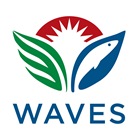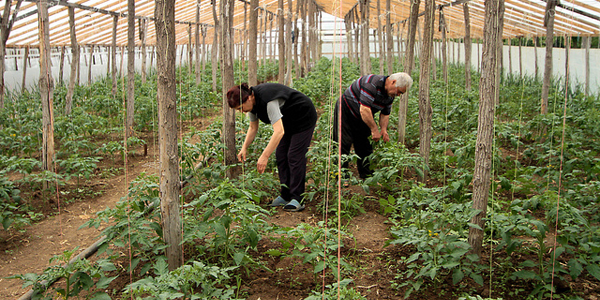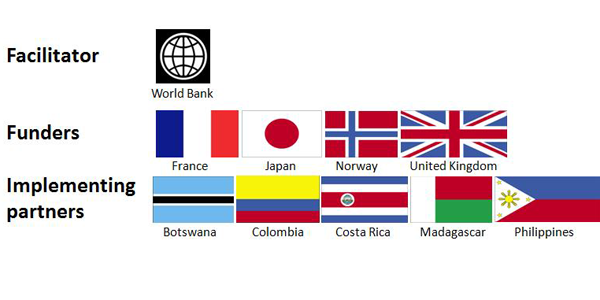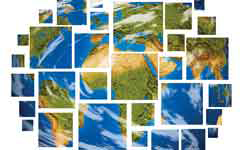A new report shows that 24 countries are already using natural capital accounting in their economic decision making. By fully accounting for minerals and energy, fisheries, water, forests, and ecosystems, countries can provide more accurate information to their policy makers. This can lead to better economic decisions about development priorities and investments.
These are some of the highlights from the report:
- Since the 1950s, most countries have followed the UN System of National Accounts (SNA), which provides an international standard for measuring national income, savings, and some elements of wealth. All countries measure national income but only a small number compile wealth accounts and even fewer include natural capital. We need a measure that looks at wealth in its entirety—combining produced, social, human, and, importantly, natural capital.
- In 43 countries classified as “low-income,” World Bank research has found that natural capital makes up 36 percent of total wealth. Large populations depend on forests, minerals, and soil productivity for their daily existence. As these countries grow and the pressure on land and water increases, their natural resources may be under increasing threat. They are often less able to cope with degradation and loss of ecosystems, a lifeline for many communities.
- Both developed and developing countries are looking beyond GDP to help them address today’s challenges. A number of countries are already undertaking natural capital accounting by compiling accounts for water, energy, and minerals to be able to manage them better or to evaluate the trade-offs needed for making different development decisions.
- In February 2012, the UN Statistical Commission approved the System of Environmental and Economic Accounts (SEEA) as an international statistical standard like the System of National Accounts (SNA). This was a fundamental leap forward for natural capital accounting. Now, natural capital accounting can be implemented at scale. The SEEA standards cover material natural resources like minerals and timber, as well as accounts for environmental protection expenditures, taxes, and subsidies.
- Developing countries like Mexico, Colombia, the Philippines, and South Africa are compiling accounts ranging from energy and water to how minerals and timber contribute to national economic growth. Uptake in Europe is strongly influenced by EU regulations mandating certain accounts.
- To support countries with the move to natural capital accounting, the World Bank initiated a partnership called WAVES—Wealth Accounting and the Valuation of Ecosystem Services—which includes several UN agencies, national governments, NGOs, and academic and other institutions.











